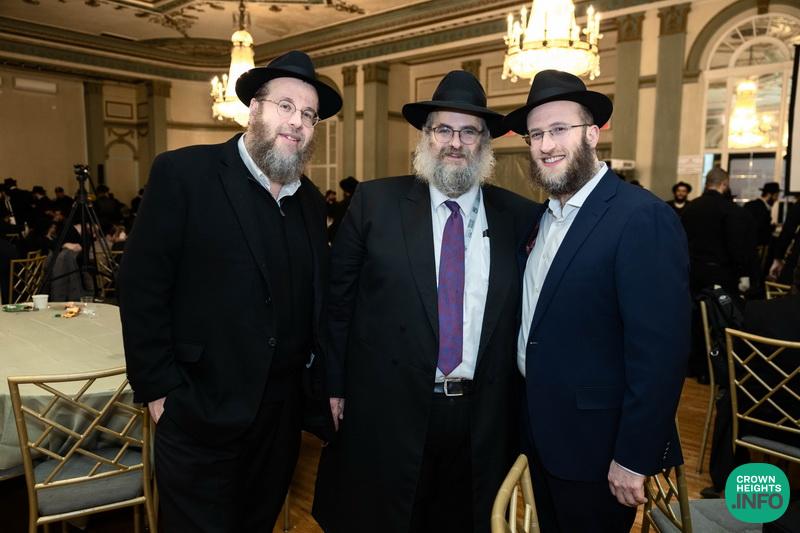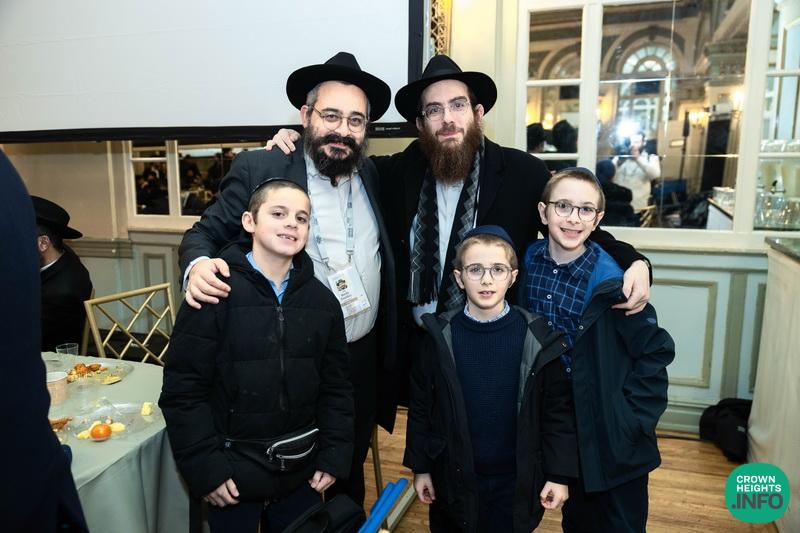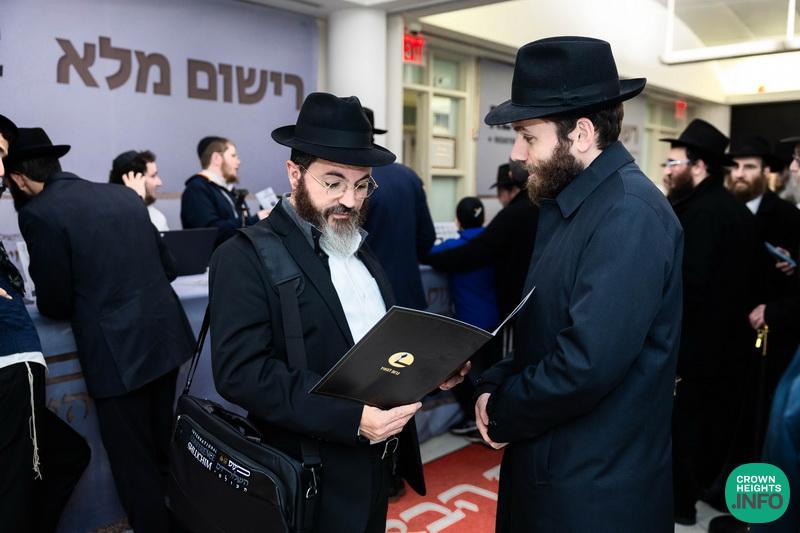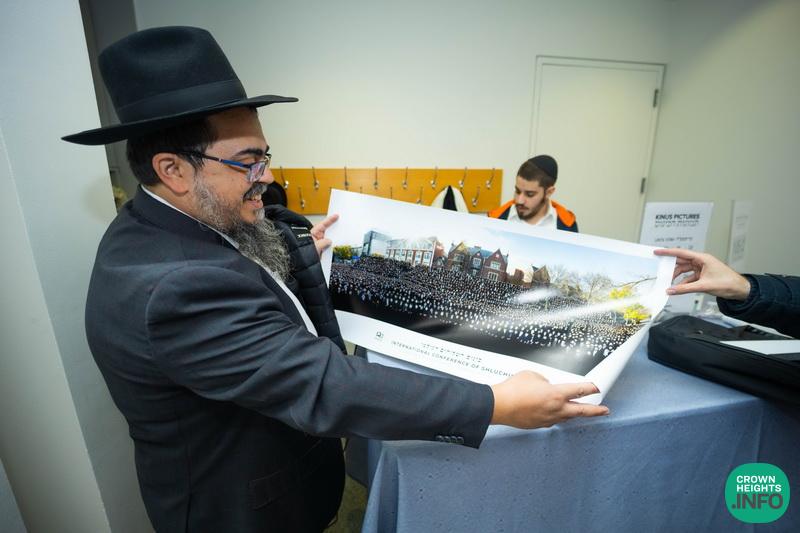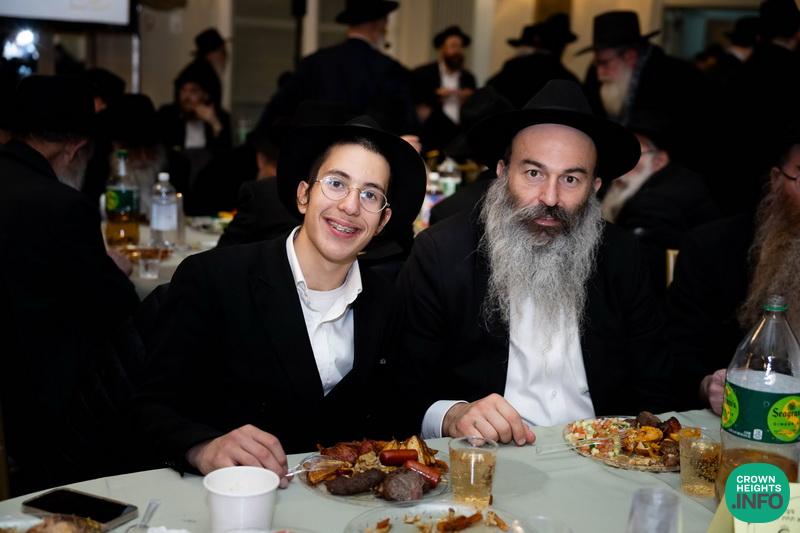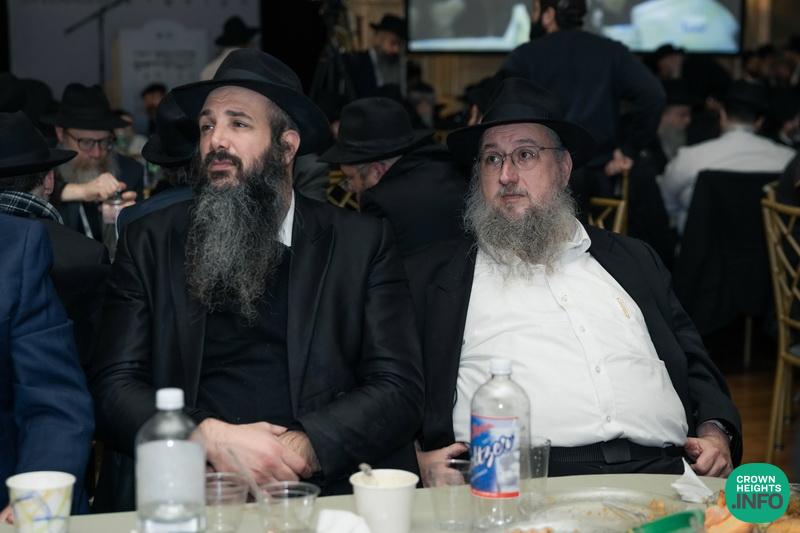
Amidst Mourning, Kinus Hashluchim Marks 50 Years of the Rebbe’s Response to Adversity
Fifty years ago, in response to tragedies that shook the Jewish people to the core, the Rebbe launched Mitzvah campaigns that transformed the face of Jewish life. As the global Jewish community mourns the recent horrific murder of Rabbi Zvi Kogan HY”D, this year’s Kinus Hashluchim leans on the Rebbe’s timeless perspective.
In the lead-up to the Six-Day War, while the Jewish community grappled with uncertainty, the Rebbe encouraged his followers to find Jews wherever possible and help them lay tefillin in the merit of Eretz Yisroel’s safety. Along with this campaign sit nine others, each aimed at infusing Jewish life with holiness.
In 1974, after a series of tragic events—including the Ma’alot massacre—the Rebbe encouraged his Chassidim to intensify these efforts. The Ten Mitzvah campaigns were launched as a direct response to these tragedies, inspiring Chassidim to channel their pain into action by spreading mitzvos and increasing in Torah and good deeds.
Between 1967 and 1976, the Rebbe consistently urged his followers to empower every Jew to perform mitzvos, transforming followers into activists and chance encounters into meaningful opportunities. Mezuzah, Torah Study, Tzedakah, and Jewish Books (Bayis Malei Sefarim) were just some of the campaigns, many of which were launched 50 years ago in 1974.
The Rebbe introduced these campaigns during farbrengens, addressing thousands of Chassidim in person and many more through live broadcasts. These gatherings created a clear and focused framework for Chabad’s outreach, transforming how Shluchim and all Chassidim engage with their fellow Jews.
“When a shliach or any chossid meets someone in the street, he doesn’t just say hello and have a nice day,” shares Rabbi Sholom Raichik, Shliach in Upper Montgomery County, MD, and Kinus organizing committee member. “He has a full toolkit, provided by the Rebbe, of how to make a lasting impact on this fellow Jew’s life.”
At this year’s Kinus Hashluchim, taking place less than a week since the tragic murder of Rabbi Zvi Kogan HY”D, the program will celebrate five decades of growth and success in these ten iconic campaigns. Held in the midst of the Shiva, when Rabbi Kogan’s family and the global family of Shluchim are still in mourning, his loss will be deeply felt throughout the gathering.
Various moments during the Conference, including the opening sessions and the Gala, will be dedicated to his memory—a chance to honor his life and the mission he embodied, bringing comfort to the entire family of Shluchim.
“Throughout the Kinus, there will be moments dedicated to R’ Zvi’s memory,” says Rabbi Schneur Nejar, coordinator of the Kinus. “It’s an opportunity for us to reflect on his dedication and to channel our pain into light and growth, just as the Rebbe taught us.”
While the gala finale on Sunday is live-streamed to the public, showcasing Chabad’s annual activities to the masses, Thursday evening’s program is dedicated to the Shluchim themselves. Empowering stories of individual Shluchim will be shared, uplifting their fellows with the vivacious drive to continue making this world a dwelling place for Hashem, one mitzvah at a time.
“R’ Moshe [Kotlarsky] OBM was intimately involved in picking the theme for this year’s Kinus,” says Rabbi Simcha Backman, Shliach in Glendale, California, and Kinus organizing committee member. “We sat together for hours, shortly after Pesach, ironing out various details. He was passionate about ensuring the Shluchim had the ultimate experience both physically and spiritually.”
Only months after Rabbi Moshe Kotlarsky OB”M’s passing, the Kinus will commemorate the crucial role he had in growing the Kinus from a small gathering in 770 to the flagship of Jewish outreach it now represents.
“My father’s voice is inseparable from the Kinus Hashluchim and the Rebbe’s ten mitzvah campaigns,” shares Rabbi Mendy Kotlarsky, who has now stepped into his father’s role as director of the Kinus. “He dedicated his life to supporting the Shluchim in their mission and advancing the Rebbe’s vision. His commitment was evident in moments of triumph and in times of sorrow, always ensuring that every Shliach felt supported.”
Gallery One: Credit: Nehoray Edri/Kinus.com
















